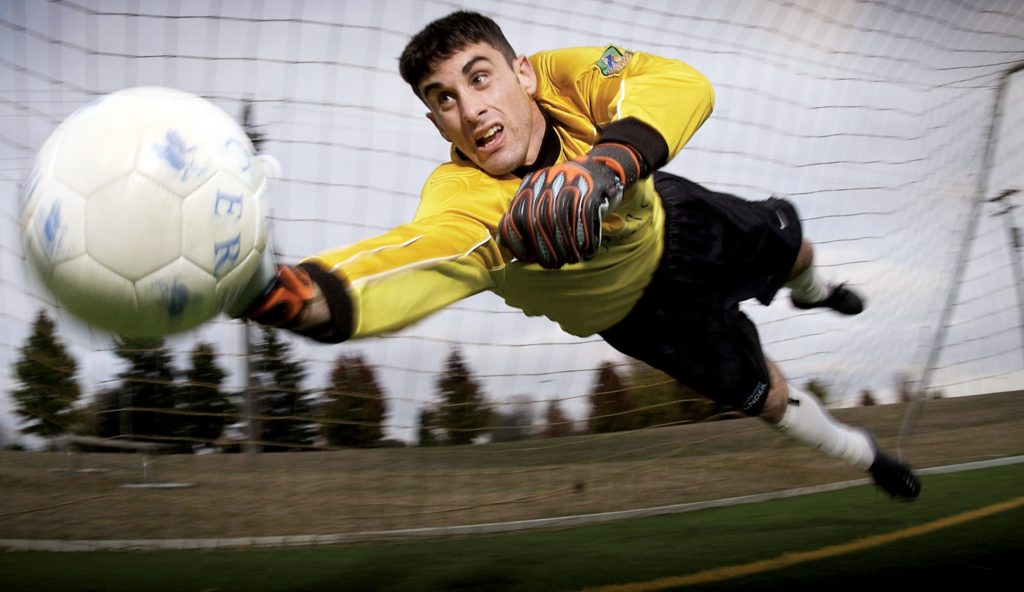Imagine grasping a complex, intricate skill, without actually performing the skill. Sounds somewhat improbable right? Surprisingly it isn’t, because imagery makes it achievable. Imagery is arguably one of the most under-utilized and underrated methods for skill perfection and mastery. From visualizing different scenarios to imagining experiences, imagery is not just useful for creating mental images and capturing the essence of our thoughts and interactions, but also for mastering skills. In skill development, it enables the creation of visuals in your mind on how to perform a skill as if you were actually doing it in real-time.
Imagery and its Impacts on Task Performance
Imagery is a term for illustration that involves the use of all five human senses. It is like going through the motions of an event in your mind while being cognizant of all your senses in the process. There are five major types of imagery, one for each sense, which are; visual (sight), tactile(touch), auditory (hearing), olfactory (smell), and tactile (touch). Imagery helps the mind pay attention to the different details that make an event more vivid. The more detailed the imagined event, the more likely the brain is to perceive it as a real event. This is why imagery is a very effective tool for individuals who are trying to perfect a skill. Putting your imagination to good use can prepare your mind better for tasks ahead by visualizing certain outcomes as if they have already been realized in real life.
Whenever you imagine yourself executing certain tasks, the brain strengthens the associated neural connections, even without you actually performing those tasks. This tool can help boost neurological connections for specific tasks that have been visualized. Research shows the effectiveness of imagery relies on the fact that the brain cannot separate imagined events from real events. As such, the use of imagery is instrumental in skill acquisition and development for professionals in all fields. In sports, for instance, imagery is a common psychological technique that athletes employ to improve their performance. Surgeons also use the tool to perfect procedures. Whatever the case, imagery can be applicable to individuals in many disciplines.
Imagery can be enhanced by listening to and watching others that have performed the tasks or achieved the results you aspire to achieve. This could be done by having one on one interactions with them, listening to audio recordings of them, watching them as they perform, or watching video recordings of their performances. This can help you paint more detailed mental pictures of how you can perform similar tasks and achieve even better results.
PETTLEP Model and the Effective Use of Imagery in Skill Development
The PETTLEP Model (stands for Physical, Environment, Task, Timing, Learning, Emotion, Perspective) is a structured approach to imagery, characterized by the application of vital components that make the visualization process more effective. The model provides a framework for the use of imagery by individuals to develop and master their skills. The model, which is centred on neuroscientific discoveries and findings in sports and cognitive psychology, was designed to offer professionals a set of guiding principles to foster productive visualization.
This model is considered very helpful in implementing an ‘imagery intervention’; which is a deliberate effort towards enhancing performance. The PETTLEP model stands for physical, environment, task, timing, learning, emotion, and perspective; all of which are the different, yet vital aspects that should be taken into consideration for an effective imagery script to best assist the individual. This methodology also provides a systematic approach to include all related senses and details of the event. Again, the more detailed the imagination the more likely the brain perceives the event as real.
An important aspect of a successful imagery session is controllability. It is important that the individuals are able to control how they feel, and that they are able to control their actions towards a successful performance. It is no use to imagine yourself failing, as that could reaffirm any anxiety you have about performing. On the contrary, you should aim to imagine the outcome you wish to achieve. So, when you imagine yourself being successful and in control in your imagery practice, you are more likely to do the same when it comes to the real experience. This gives credence to the popular catchphrase, ‘your thoughts become your reality.’
Research Findings on PETTLEP Model Trial on Professionals
In a bid to determine the effectiveness of PETTLEP intervention in sports, using penalty kick success as the focus of the trial, a group of researchers recruited 30 male soccer players with ages ranging from 19 to 34 years. All the participants in the study were professional players in the English Football League One. The players had never received imagery training before. They were randomly assigned to two groups; the PETLLEP imagery group and the control group (a group that did not use the PETTLEP methodology). Results from the trial showed a significant improvement in the performance of the PETTLEP intervention group from baseline. Additionally, players in the control group did not experience similar improvement in performance.

Another team of researchers highlighted the benefits of Imagery as a tool for novice surgeons. The trial involved 20 novice surgeons, 10 of which were assigned to a control group and 10 assigned to the imagery intervention group. The intervention consisted of a 30-minute imagery session prior to the assessment. The assessment comprised a virtual reality surgery that was conducted five different times. After an objective assessment of the performance of the surgeons on all five sessions, results revealed that the intervention group achieved better performance than the control group.

The positive results from the use and implementation of this visualization tool in different situations are proof of its effectiveness. One major advantage of the tool is in its application, which is not limited to any particular occupation but extends to multiple disciplines and professions. The deliberate use of the tool in a wider variety of occupations other than sports and medicine can result in unexpected improvement in the performances of individuals in those fields. Despite its usefulness, imagery has received underwhelming attention from groups that would likely benefit from it. Such a powerful and cost-effective tool needs further exploration both by fields that have practical experience with the tool, and those that are yet to give it a shot.
Enjoyed this article? Visit the 4P Academy Blog for more informative pieces on a variety of fascinating topics.

